Oh, God forbid, I don’t claim to the honor of the “great discoverer of America” in my modestly essay, which is devoted to one of the most unprecedented discoveries of humanity – the cinema.
Vice versa, I just want to establish the fact that in it rather advanced age, our native, Armenian cinema had a long, dusty and even tragic path to universal love and glory.
And here it (editorial: of course, cinema), in a certain period of its existence, however, as the world cinema, faced with rhetorical dilemma: “To be or not to be?”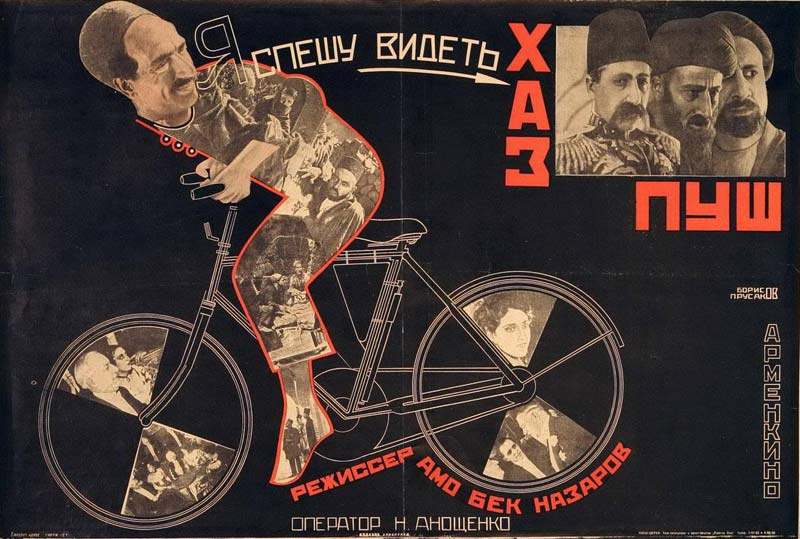
But before to touch the subject of our discussion let me draw an “encyclopedic tour” around the phenomenon which is called “Cinema”.
And in conclusion, what is the cinema? The visual novel that you can see, feel and live with the characters, try to understand their daily and emotional experiences, their ups and downs, to share sadness, joy?!..
Maybe, I’m not going to argue with you. However, in my humble opinion, there is no unambiguous and clear answer on aforementioned question, – it is individual, I think.
Judge for you, every person on this planet has his own understanding about that wonderful, sometimes contradictory, generating ambivalent emotion of the phenomenon by the name of the movie. So, it is actually.
But, in particular, the roots of the word “cinema” (Greek: σινεμά) gone far away to elder Greek language, literally means “to move”. It is a creative interweaving of all fields of art – literature, music, painting, theatre, and etc.
Oh, it seems to me that we’ve digressed from the topic. Just it’s not a text record of the master class on the history of cinema studies…
Armcinema: childhood and adolescence
There are lots of controversial facts and historical references about the origin of the Armenian cinema school.
As the date of birth of Armenian cinema, film critics’ stresses year of 1926, when the legendary Soviet-Armenian filmmaker Hamo Beknazaryan presented to the audience his touchingly film “Honor” (Namus).
At its time, the film based on the immortal novel of Alexander Shirvanzade had a real shock effect on the naïve viewer of a small country.
So, the era of silent movies begins in Armenia with the most influential films after “Namus”, such as ethnic “Zareh”, “Haspush”, ironical “Shor ev Shoror”, “Kikos”, the national fairytale, thrilling “Gikor”.
Continuing this brief excursus on “childhood” times of Armenian cinema should important to note the year of 1935, when Sundukyan’s “Pepo” came out on Soviet cinema screens. This social drama marks the beginning of “sound cinema” era.
A lot of famous Armenian artists gave all the tension and emotion of the action drama in their delightful play. That for a short time “Pepo” has gained international recognition and has found its rightful place among the masterpieces of world cinema.
Now, referring to the “adolescence” of our Armenian cinema, we are getting closer in fact to the subject of our discussion; a crisis…
Thus, the first time Armenian cinema come face to face severe crisis in 30-40 years, when the omnipresent censorship of hierarchical Soviet authorities made absurd thematic restrictions for filmmakers.
In particular, we’re talking about national historical-revolutionary them which were contrary to Soviet ideology. However, due to Armenian cinema brave luminaries of that period, they’ve released a number of masterpieces such as “Zangezur” and “David Bek”, but the crisis is not over yet.
The Armenian cinema has managed to overcome this problem only after 10 years, in the fifties, when young, bold and talented filmmakers who created truly masterpieces of short film let know about themselves.
The damned ones: the painful fate of the Armenian cinema
After the collapse of USSR Armenia had faced out with heavy and dark 90’s that was accompanied by socio-political, economic and ideological crisis in society. That’s actually we approached the subject of our discussion; a new painful page in history of our nation through the cloudy 90’s Armenian cinema.
 And in this context I should not the titles of movies of those years which accurately describes the bitter period of formation of our Republic; “The Damned ones”, “The wind of Oblivion”, “Hostage”, “Blood”, “The last stop”, “Labyrinth”, “Black and white”, “Der Voghormea”.
And in this context I should not the titles of movies of those years which accurately describes the bitter period of formation of our Republic; “The Damned ones”, “The wind of Oblivion”, “Hostage”, “Blood”, “The last stop”, “Labyrinth”, “Black and white”, “Der Voghormea”.
About that so-called “boardwalk empire” (gang world), which was concealed from the eyes and ears of the Soviet society tells brilliant Armenian film director Demetrius Kesayants (1931-2001) in his crime thriller, called “The Damned Ones” .
“The Damned Ones” is an emotional “chamber” thriller reflected the brutality of the post-Soviet period, where the main action takes place in the dangerous correctional colony and revolves around the cruel fate of wrongly jailed young man Tigran.
Kesayants comprehensively explores the transformation of a human into a cold-blooded monster. And anyway he asked, is it possible to stay human in the prison?
It turns out that this is possible; but the strong desire for freedom leads the film’s hero to a tragic end. By the way, the story takes place between two historical events; the collapse of Soviet Union and the rising of Artsakh movement.
Having watched this film for several times, I came to the conclusion that the director were actually considered the prison hierarchy as the synonym of the Soviet Empire, while Karabakh freedom-fighters movement as a manifestation of willpower.
I think he coped with this task…






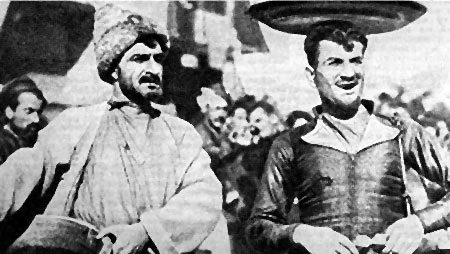
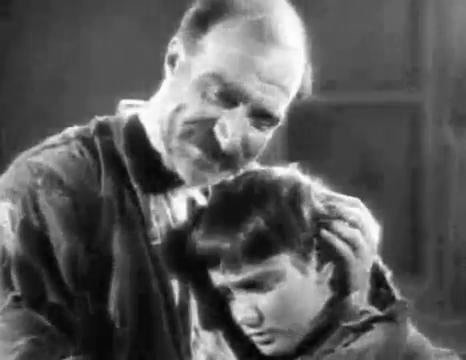
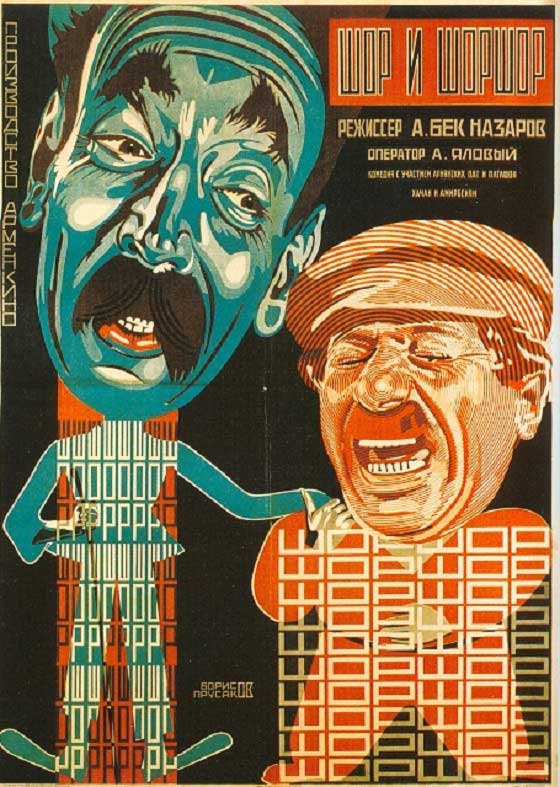
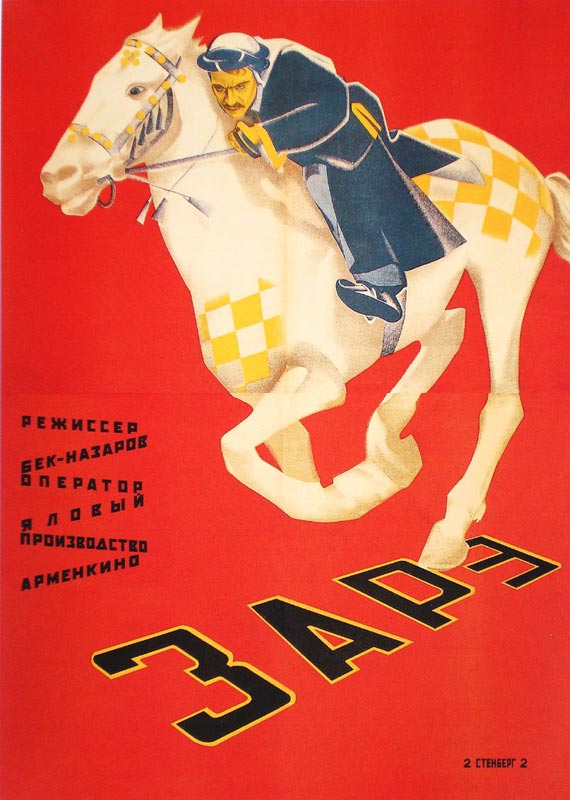
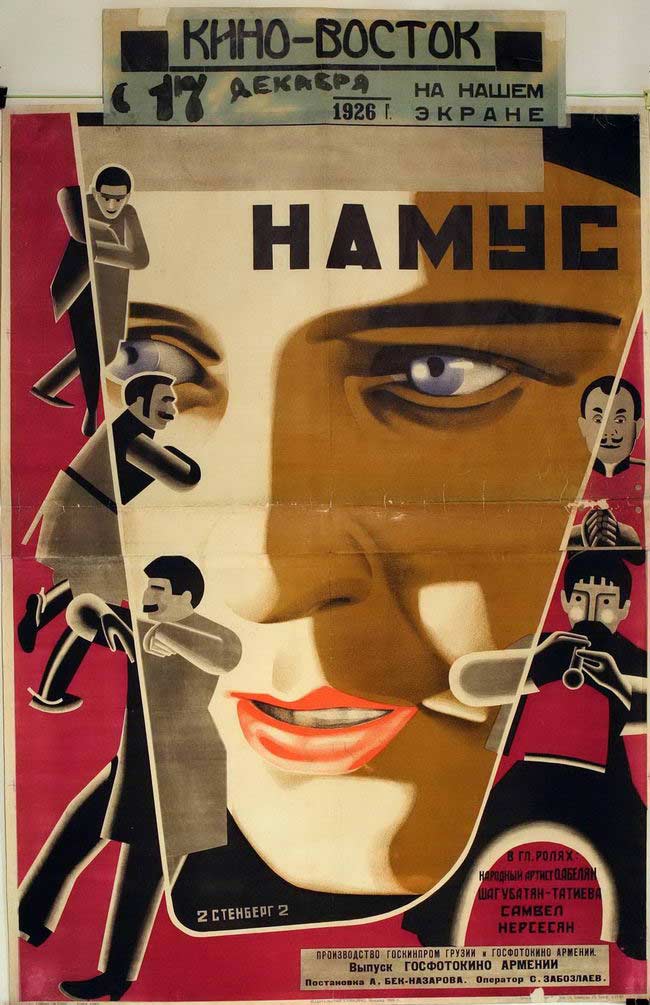

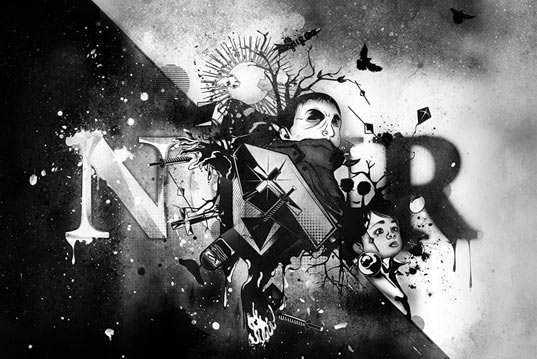
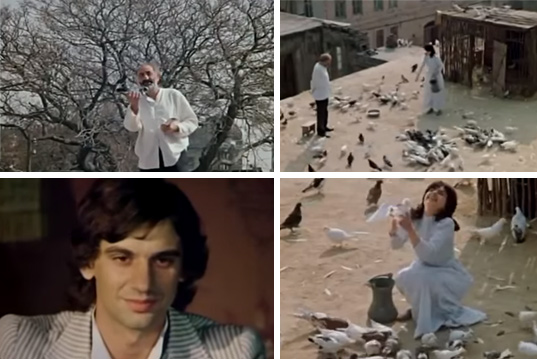
Leave a Reply